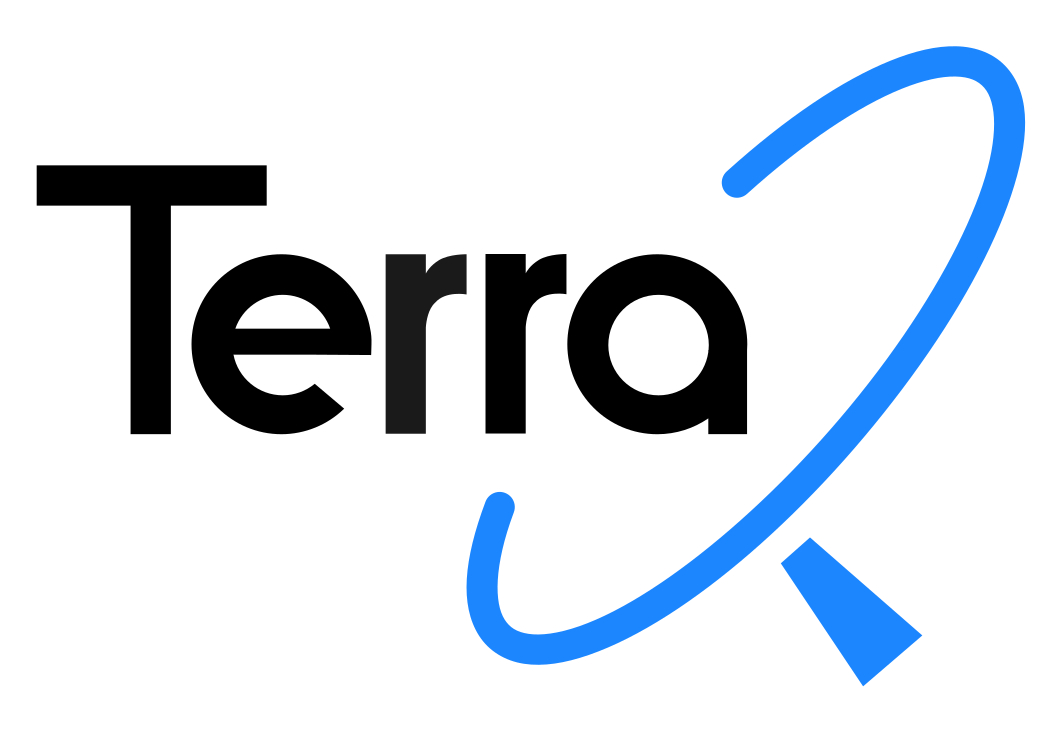-
C01
-
C02
-
C03
-
C04
-
C05
-
C06
Zentrales Ziel des Sonderforschungsbereichs ist die Entwicklung neuer Messtechniken und Analysemethoden, um Variationen im Schwerefeld der Erde mit bisher unerreichter Genauigkeit bestimmen zu können. Im Forschungsbereich C werden die Schwerefeldgrößen geodätisch und relativistisch modelliert und relevante Anwendungsszenarien simuliert, um die überlegene Leistungsfähigkeit der neu entwickelten Messkonzepte gegenüber bestehenden Ansätzen zu zeigen. Die neuartigen Datensätze der satelliten-basierten und der terrestrischen Messungen werden analysiert und in die Bestimmung der Schwerefeldmodelle integriert.
Zusätzlich wird das Potential von Netzwerken optischer Uhren demonstriert, das die direkte Bestimmung des Gravitationspotentials auf kurzen Zeitskalen und auf verschiedenen Längenskalen ermöglicht und damit eine völlig neue Art von Höhensystemen als Teil zukünftiger integrierter geodätischer Referenzsysteme definiert.
Projekte in Forschungsbereich C
Leitung Forschungsbereich C
Prof. Dr.-Ing. Jürgen Müller
Telefon
E-Mail
Prof. Dr.-Ing. Jürgen Müller
Telefon
E-Mail
Publikationen Forschungsbereich A
Zeige Ergebnisse 1 - 20 von 30
Yanchyshen O, Lämmerzahl C. Gaussian orbital perturbation theory in Schwarzschild space-time in terms of elliptic functions. Classical and quantum gravity. 2025 Jan 31;42(4):045010. doi: 10.1088/1361-6382/ada90a
Yuan P, Balidakis K, Wang J, Xia P, Wang J, Zhang M et al. Deep Neural Networks for Refining Vertical Modeling of Global Tropospheric Delay. Geophysical research letters. 2025 Jan 25;52(2):e2024GL111404. doi: 10.1029/2024GL111404
Antokoletz ED, Wziontek H, Dobslaw H, Balidakis K, Klügel T, Oreiro FA et al. Combining atmospheric and non-tidal ocean loading effects to correct high precision gravity time-series. Geophysical journal international. 2024 Jan;236(1):88-98. Epub 2023 Sep 26. doi: 10.1093/gji/ggad371
Balidakis K, Sulzbach R, Dobslaw H, Dill R. How Do Atmospheric Tidal Loading Displacements Vary Temporally as Well as across Different Weather Models? in Freymueller JT, Sánchez L, Hrsg., Gravity, Positioning and Reference Frames - Proceedings of the IAG Symposia - GGHS2022: Gravity, Geoid, and Height Systems 2022; IAG Commission 4: Positioning and Applications, 2022; REFAG2022: Reference Frames for Applications in Geosciences, 2022. Berlin, Heidelberg: Springer Berlin Heidelberg. 2024. S. 129-137. (International Association of Geodesy Symposia). Epub 2023 Jun 30. doi: 10.1007/1345_2023_201
Güntner A, Reich M, Glässel J, Reinhold A, Wziontek H. Mobile Field Measurements with a Quantum Gravimeter: Technical Setup and Performance. IEEE Instrumentation and Measurement Magazine. 2024 Sep;27(6):53-59. Epub 2024 Aug 28. doi: 10.1109/mim.2024.10654726
Lämmerzahl C, Perlick V. Potentials for general-relativistic geodesy. Physical Review D. 2024 Feb 14;109(4):044028. doi: 10.1103/physrevd.109.044028
Shihora L, Liu Z, Balidakis K, Wilms J, Dahle C, Flechtner F et al. Accounting for residual errors in atmosphere–ocean background models applied in satellite gravimetry. Journal of geodesy. 2024 Apr;98(4):27. Epub 2024 Apr 10. doi: 10.1007/s00190-024-01832-7
Vincent A, Müller J. Detection of time variable gravity signals using terrestrial clock networks. Advances in Space Research. 2024 Mär 15;73(6):3312-3320. Epub 2023 Aug 4. doi: 10.1016/j.asr.2023.07.058
Voigt C, Sulzbach R, Dobslaw H, Weise A, Timmen L, Deng Z et al. Non-tidal ocean loading signals of the North and Baltic Sea from terrestrial gravimetry, GNSS, and high-resolution modeling. 2024. Epub 2024 Mär 25. doi: 10.22541/essoar.171136797.71160253/v1
Weigelt M, Jäggi A, Meyer U, Arnold D, Mayer-Gürr T, Öhlinger F et al. Bridging the gap between GRACE and GRACE Follow-On by combining high–low satellite-to-satellite tracking data and satellite laser ranging. Journal of geodesy. 2024 Sep 13;98(9):84. doi: 10.1007/s00190-024-01888-5
Wöhnke V, Eicker A, Weigelt M, Reich M, Güntner A, Kvas A et al. Kalman filter framework for a regional mass change model from GRACE satellite gravity. GEM - International Journal on Geomathematics. 2024 Dez 9;16(1):2. doi: 10.1007/s13137-024-00260-1
Cieślik A, Hackmann E, Mach P. Kerr geodesics in terms of Weierstrass elliptic functions. Physical Review D. 2023 Jul 24;108(2):024056. doi: 10.1103/PhysRevD.108.024056
Küreç Nehbit P, Glaser S, Sakic P, Balidakis K, Heinkelmann R, Schuh H et al. On the improvement of the sensitivity levels of VLBI solutions from a combination with GNSS. Advances in space research. 2023 Okt 15;72(8):3037-3047. Epub 2023 Jun 20. doi: 10.1016/j.asr.2023.06.021
Shihora L, Balidakis K, Dill R, Dobslaw H. Assessing the stability of AOD1B atmosphere–ocean non-tidal background modelling for climate applications of satellite gravity data: long-term trends and 3-hourly tendencies. Geophysical journal international. 2023 Aug;234(2):1063-1072. Epub 2023 Mär 21. doi: 10.1093/gji/ggad119
Voigt C, Sulzbach R, Timmen L, Dobslaw H, Weise A, Deng Z et al. A superconducting gravimeter on the island of Heligoland for the high-accuracy determination of regional ocean tide loading signals of the North Sea. Geophysical journal international. 2023 Apr 3;234(3):1585-1602. doi: 10.1093/gji/ggad147
Ampatzidis D, Wang L, Mouratidis A, Balidakis K. Rigorous and fast constraints transformations at the solution level: case studies for regional and global GNSS networks. GPS solutions. 2022 Apr 1;26(2):44. doi: 10.1007/s10291-022-01225-3
Antonoglou N, Balidakis K, Wickert J, Dick G, de la Torre A, Bookhagen B. Water-Vapour Monitoring from Ground-Based GNSS Observations in Northwestern Argentina. Remote sensing. 2022 Nov 1;14(21):5427. Epub 2022 Okt 28. doi: 10.3390/rs14215427
Balidakis K, Sulzbach R, Shihora L, Dahle C, Dill R, Dobslaw H. Atmospheric Contributions to Global Ocean Tides for Satellite Gravimetry. Journal of Advances in Modeling Earth Systems. 2022 Nov 10;14(11):e2022MS003193. Epub 2022 Okt 17. doi: 10.1029/2022MS003193
Kitpracha C, Nilsson T, Heinkelmann R, Balidakis K, Modiri S, Schuh H. The impact of estimating common tropospheric parameters for co-located VLBI radio telescopes on geodetic parameters during CONT17. Advances in space research. 2022 Mai 1;69(9):3227-3235. Epub 2022 Feb 25. doi: 10.1016/j.asr.2022.02.013
Raut S, Heinkelmann R, Modiri S, Belda S, Balidakis K, Schuh H. Inter-Comparison of UT1-UTC from 24-Hour, Intensives, and VGOS Sessions during CONT17. Sensors. 2022 Apr 2;22(7):2740. doi: 10.3390/s22072740












